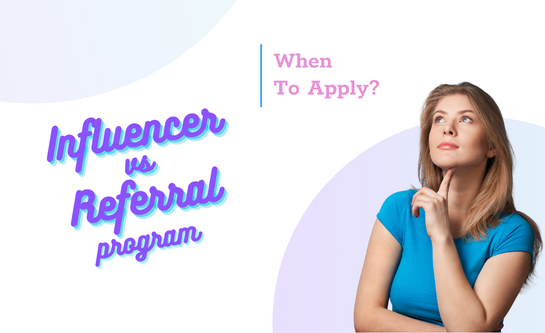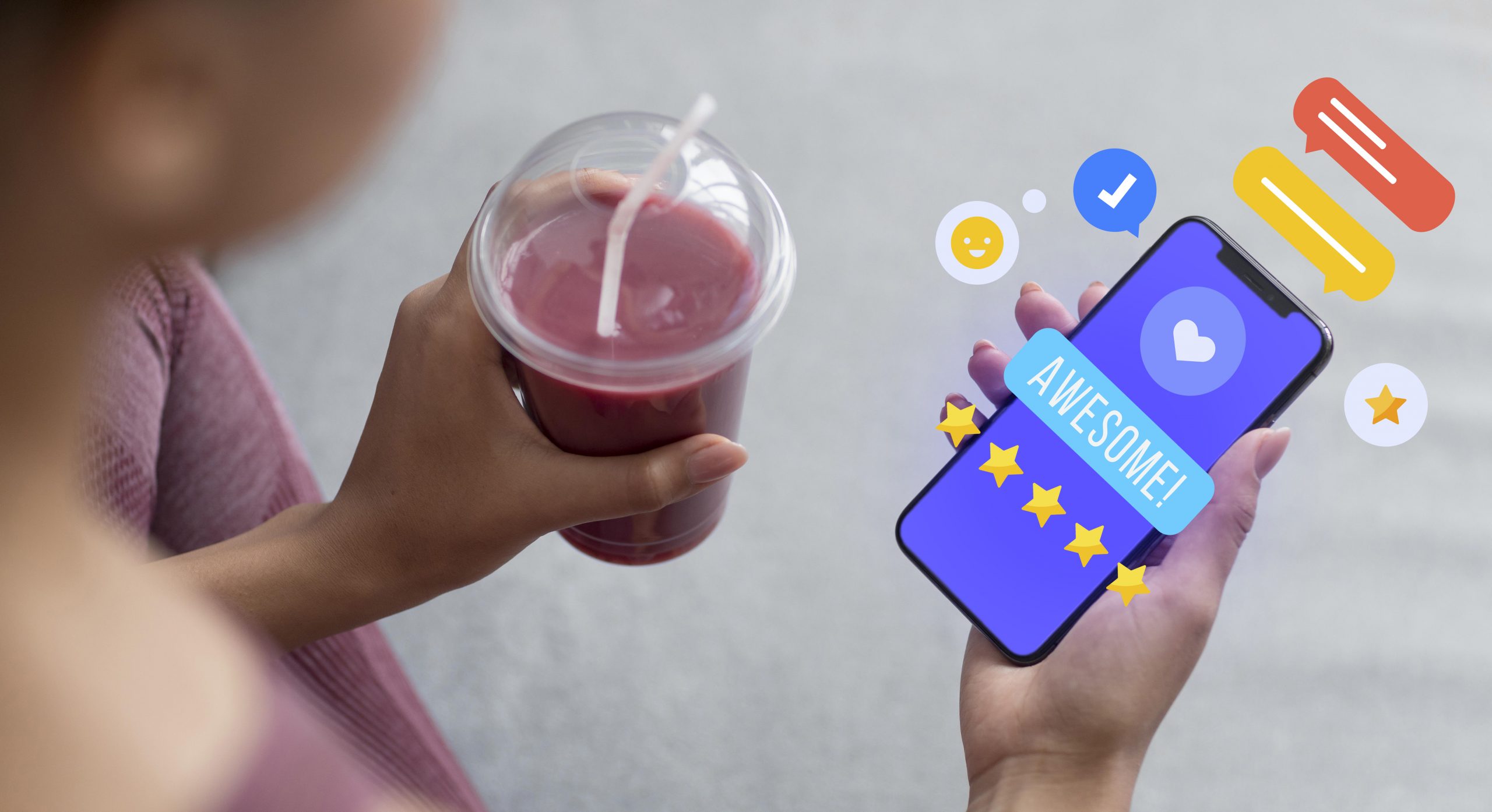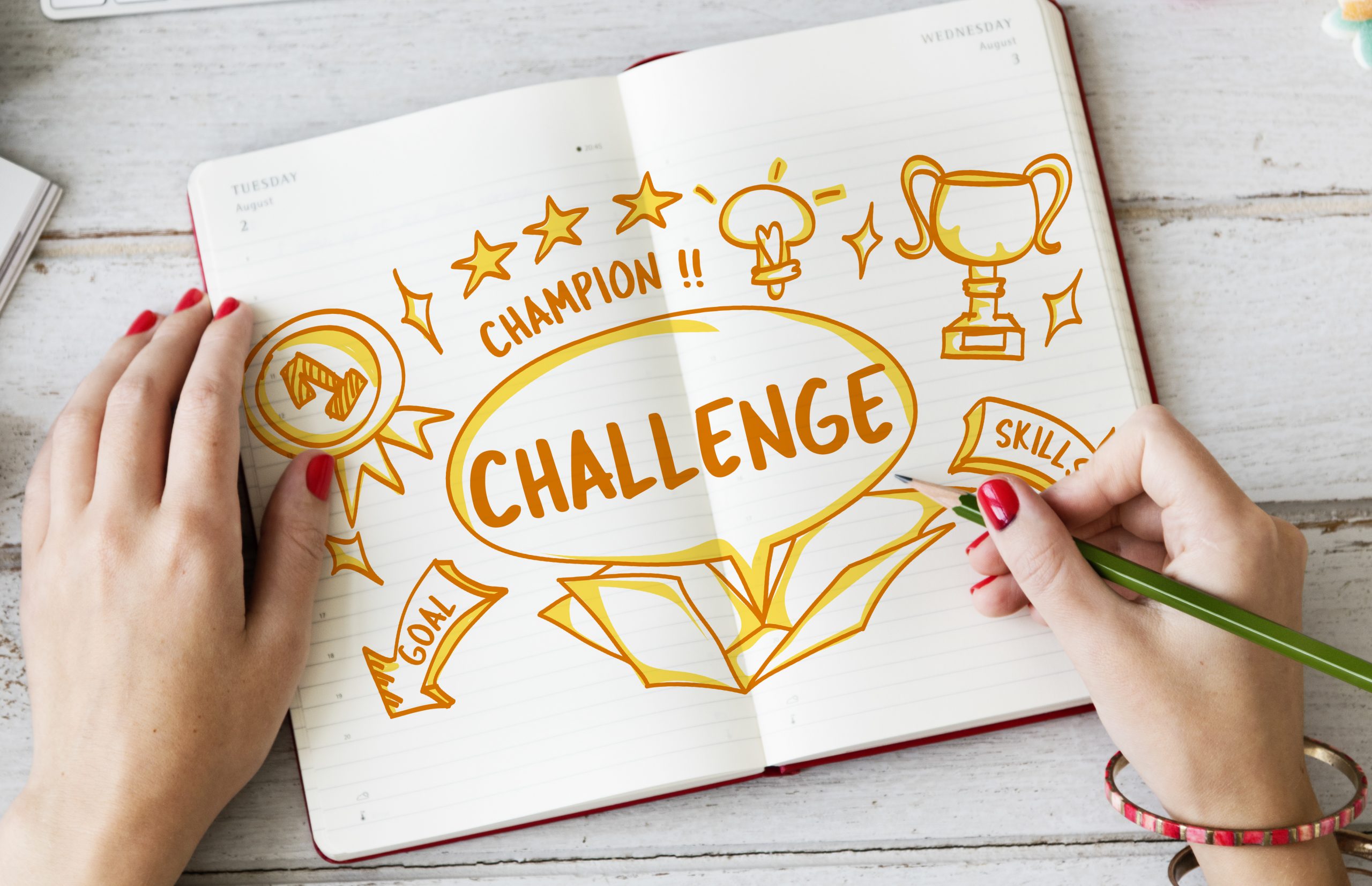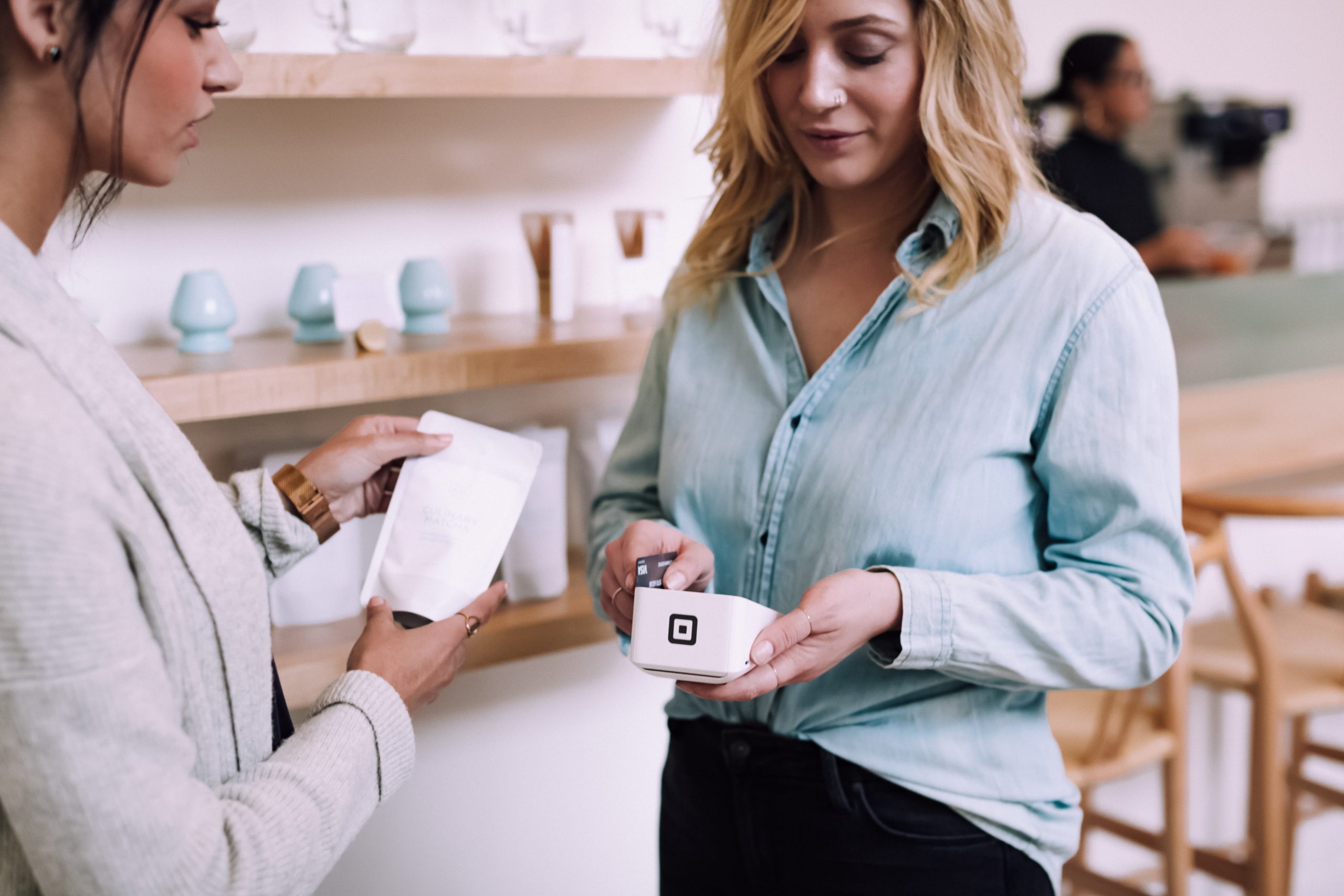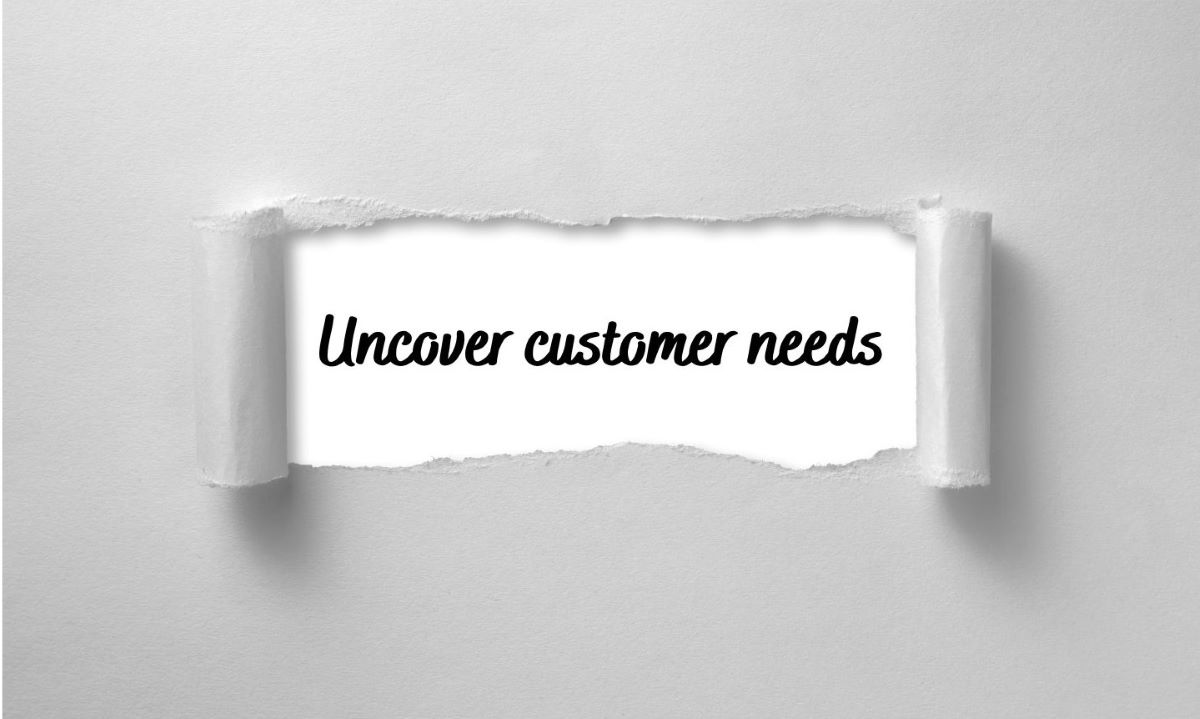How Gamification Can Drive Customer Engagement
 Feb 23th, 2023
Feb 23th, 2023
 388 views
10 MINS READ
388 views
10 MINS READ
One of the toughest challenges that businesses have to face nowaday is customer engagement. In the term of customer engagement, we have various aspects from customers to users to employees and to technology. It’s very crucial to have effective customer engagement strategies for business as they impact applications and other digital goods, they are directly related to the company’s total profitability and revenue-generating capabilities.
It is possible for a company to have better brand recognition and loyalty, lower costs of customer acquisition, and improved customer satisfaction and retention if its users are highly engaged. As a result, the right customer engagement strategies will lower a company’s churn rate, increase the number of active users, increase the amount of time spent on your app, and increase user growth through referrals and word of mouth. Gamification is one of the most powerful ways for getting people enthusiastic about your brand, products, and services, building better connections with them, and getting them to return again and again. Do you know that the global market for gamification is currently valued at 11.69 billion USD and is anticipated to expand at a CAGR of 12.9%? It is becoming larger than ever before.
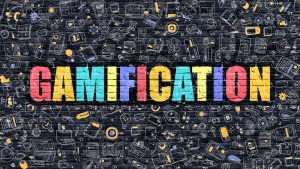
Source: Gamingrespawn
1. So what is Gamification?
Gamification is the process of increasing participation in non-game environments like a website, online community, learning management system, or business intranet by incorporating game design principles and elements. It is also possible to refer to it as a collection of procedures and activities for resolving issues by making use of the characteristics of game elements. The market is quickly catching up to the endless possibilities of it. Gamification aims to inspire, collaborate, share, and interact with customers, partners, and employees. because it inspires, challenges, and gives you a sense of accomplishment. Gamification has been used by firms to engage customers for thousands of years. Because we all enjoy playing games and winning.
Gamification’s biggest strength is its ability to be employed in a wide range of sectors. Gamification may help with the creation of mobile applications, marketing tactics, and staff training. Gamification may improve the consumer experience by making an activity more interesting and rewarding to participate in. When there is a combination of extrinsic and intrinsic incentive, customers will become more involved with the brand as a whole.
2. How does gamification work?
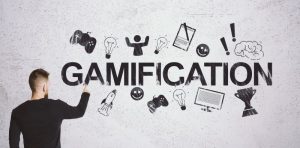
Source: Homodigital
Gamification works by introducing game components into corporate strategies and initiatives such as customer incentives and marketing with proactive directives and feedback through game mechanics and game dynamics added to online platforms that lead to the accomplishments of business goals and objectives. Customers are encouraged to take part in a game-like activity in which they can gain points for performing a desired action or making a purchase. They may earn discounts or free things if they meet a specific level or objective.
A fascinating gamification experience quickly illustrates the finest activities that affect mutually agreed-upon objectives and taps into the emotions of participants. Customers who take part in a gamification program receive timely feedback on their performance as well as advice on how to progress toward new goals. As a consequence of increased digital interaction, brands now have even more opportunity to include gamification into their outreach tactics. Customers can participate in a variety of methods, for example by downloading an app or visiting the company’s website. Brands are increasingly using gamification to engage customers through a range of platforms, including social media.
3. What does human motivators help Gamification accomplish to improve customer engagement ?
Human motivators are classified into two types: intrinsic (a sense of autonomy, mastery, learning, love, and purpose) and extrinsic (money, badges, awards, praises, competitiveness, fear of failure, and other comparable sensations). Gamification is a set of two elements that boosts productivity, satisfaction, and customer engagement.
4. How does behavioral science work in gamification to boost customer engagement?
Let’s now take a look at the many ways that gamification uses behavioral science to increase customer engagement.
- New Customer Acquisition
To attract new clients, use competitions and awards. Implementing game features such as first-time purchase prizes is an excellent method to meet user acquisition goals. Banks can also use it to organize sweepstakes in which participants must supply their name and email address in order to participate.
- Cross Sell/ Up Sell or Promote A Product
Gamification is a great complement to marketing tools for cross-selling, up-selling, and product promotion. For example, a health and fitness facility may start a stamp card campaign to advertise the Nutrition and Diet Plan services that it provides. For example, if you use the gym app to register 10,000 steps every day for seven days, you can win a free diet plan or consultation.
- Retain And Engage Customers
Customers’ purposeful disengagement with the brand appears to be killing loyalty. Why don’t people open your emails when they arrive? a lot of the time since it isn’t tailored and they aren’t sure what to do with your loyalty program next. Gamification is the ideal next step. Games and rewards-based campaigns can keep your audience interested and excited. This brings us back to your inner and extrinsic motivators. It all comes down to how well you understand what motivates them.
- Drive Brand Awareness
Don’t we want to brag about our accomplishments? The same holds true for our interactions with consumers. Campaigns powered by gamification and shareable on social media are your recipe for free branding. Make mobile and social-media-friendly game-based campaigns, allow users to share their successes, or just reward them for following your social media accounts.
5. How can gamification be leveraged to increase customer engagement?

How do these methods like Gamification make people more engaged? Customers will be more willing to participate in the activity until they receive that reward if there is any kind of incentive or reward involved. Gamification can be very effective at keeping customers engaged because it draws them in with the sense of competition and accomplishment that it creates.
Gamification can be used in a variety of creative ways by brands to encourage customers or users to participate in something new. Customers are becoming increasingly wary of online advertising for a variety of reasons, including their inability to trust claims made by businesses or their fear of disclosing too much information. Gamification is a fun alternative that gives customers a sense of originality that is refreshing.
Customers who participate in gamification feel more in control and empowered than those who don’t, as they don’t feel sucked into the marketing strategy of a brand. They also know that the brand cares about their happiness because the company went above and beyond to provide a better experience.
Users can move up various “levels” within an activity using gamification techniques based on their efforts and actions, such as making a purchase, writing a review, providing feedback, or sharing the content on social media. They experience a sense of accomplishment or completion when they complete these tasks and receive the award.
It’s hard to grow a customer community and keep them interested. Gamification, on the other hand, can help keep members of your community motivated and engaged.
The art of applying game mechanics to non-gaming environments to engage and motivate participants is known as gamification. Rewards and challenges are introduced to encourage member participation.
Let’s look at how to use gamification to get more people involved in your customer community.
- Drive user engagement
Gamification transforms the community experience into a competition. Customers who rise through the ranks of the competition are rewarded for their contributions. These contributions can take the form of starting a discussion, writing product reviews, responding to questions, and other activities.
- Encourage brand loyalty
By providing customers with a sense of reputation through badges, points, and leaderboards, you can turn them into advocates of your brand. Customers feel valued when you give them discounts or free products for doing something like leaving a positive review, which makes them more loyal to your brand.
- Generate user data
With each piece of information that is posted or shared in your community, you obtain customer data, which can be extremely valuable to your brand. Gamification produces more accurate results, despite the numerous methods for collecting customer data. Using analytics on this data, you can improve the performance of your marketing campaigns. This can be accomplished by evaluating their community participation, including the number of started discussions, posted replies, shared content, and other metrics.
- Enhance lead scoring
In some cases, gamification gives you the opportunity to monitor the activities of leads who are participating in your community and assess the possibility of converting them into customers. You can plan your customer acquisition actions more effectively by assigning values to various user interactions.
- Increase brand recognition
Recognized customers frequently post about their accomplishments on social media. By sharing on a variety of social media platforms, potential customers become more aware of your brand and you can avoid having to come up with time-consuming and expensive ways to get in touch with them.
Conclusion
Gamification is quickly establishing itself as the present and future of client involvement in the banking, retail, healthcare, and education sectors. In the future, client involvement will be guided by game theory and behavioral research. Today’s customers want more from loyalty programs than just an earn-and-burn strategy. They want to be a part of something, to be excited and engaged.
ezLoyalty – next-generation gaming components to increase customer engagement. Stamps, leaderboards, missions, and quizzes, among other entertaining game features, may be used to construct a variety of dynamic loyalty programs! You may now request a free demo from our solution specialist!
 Back to blog page
Back to blog page




























